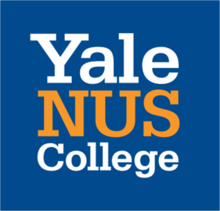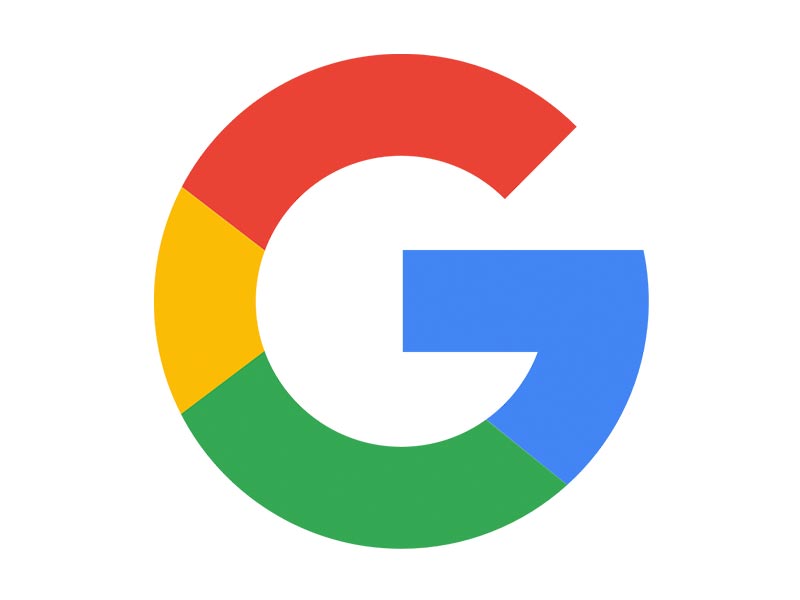
I am Pratyush More, a tech enthusiast with a passion for travel, food, and entrepreneurship. I grew up in Kolkata, India. I studied in Singapore and Boston, MA, USA. I'm currently based in London, UK, working as a Software Engineer at Google.
If you wish to collaborate on projects, would like me to help you out with something, have some feedback for me, or just want to say hi, please feel free to contact me using the form below. I will get back to you within a couple of days.

I pursued my undergraduate studies at Yale-NUS College, in Singapore. Yale-NUS College is Singapore's first liberal arts college and was established in 2011 as a collaboration between Yale University and the National University of Singapore. I am part of the second batch of students in the history of the college, which led to an exciting and enthralling experience as well as education. At Yale-NUS, I majored in Mathematical, Computational & Statistical Sciences, with a concentration in Computer Science. During my time here, I carried out cutting-edge research and was published in a top journal. I also explored and enjoyed teaching as a peer tutor for numerous Computer Science courses.

I studied abroad at MIT over Spring semester of my Junior Year, and was hosted by the department of Electrical Engineering & Computer Science (Course 6). I took courses on Cryptography and Network Security, Multicore Programming, and Machine Learning with great and esteemed professors such as Ron Rivest and Nir Shavit. I emerged top performer among 50 MIT students in a Multicore Programming competition to implement the best performing concurrent Hash Table. I also took an Entrepreneurship class at the MIT Sloan School of Management. Exciting in-class and out-of-class activities made my time in Cambridge immensely rewarding and fun.

I did my pre-university schooling at Calcutta International School in Kolkata, India. The atmosphere was great, teachers encouraged inquisition, and the football field was forever occupied by my friends and me. I also held the post of Senior Prefect during the final year of school, in which capacity I led my house to a second place finish for that year. It was a blast.

I'm presently working on improving Android, the world's most popular operating system, with billions of users. In particular, I'm making Android better for a multilingual audience - about half the world's population.
In the past, I've also worked on Core Identity Infra across all Google products, ensuring that billions of users across the globe can seamlessly login into their accounts and access Google's products and services.

Grab is South East Asia's largest ride-hailing platform, and increasingly a regional superapp. As a Software Engineer on the Recommendation team, I built the recommendation engine that personalizes Grab's app to the needs of specific users within their distinct contexts. Through this, Grab could offer GrabCars to users when they are likely to make a commute, show them discounted movie-tickets when they are taking a break (which they can easily purchase with GrabPay), and suggest and enable one-click food delivery through GrabFood after a long day at work.

I returned to Quantcast for another Software Engineering Internship over summer 2017. While there I did the following:

During my semester abroad at MIT, I took a class on Entrepreneurship. As part of the course, I worked with Infinite Analytics, a startup specializing in ecommerce personalization. I helped define the go-to-market strategy for the company. Some highlights:

At Quantcast, I helped make the world's online advertising more relevant. I was part of the Inventory Team - a team of 15 people which is tasked with developing and running Quantcast's real time advertisement bidding infrastructure at its high performance network edge, which handles up to 2 million real-time transactions per second. A couple highlights from my time there:

Representing data on a standard geographical map can often be misleading. This is because the regions on the map are always scaled according to geographical area, regardless of the data being visualized. Density-equalising maps aim to solve this problem by rescaling regions based on the relevant statistics. For instance the top half of the adjoined figure shows a geographical equal-area map of India. The bottom half of the same figure shows a cartogram of India, where Indian states are rescaled according to their respective gross domestic product (GDP) contributions.
I co-authored a research paper with Prof Michael T Gastner on a novel flow-based algorithm for producing cartograms. Some major takeaways:

Before CoursYNC, my college had no existing internal course review website for students. Thus, students would post on Facebook to ask others of their past experiences in certain classes. This was not only repetitive, and difficult to aggregate, but also inefficient as numerous posts would appear all at once during course selection period.
Responding to popular demand, I created CoursYNC for the student body. I carried out surveys and interviews to best understand their needs, and to gauge which numerical metrics would be most useful to them (e.g. number of hours spent on a course per week).
I created the front end in Vue.js, and the backend in Python Django. I am currently in the process of deploying this website. I plan to make the code available to my juniors, in the hope that they can continue adding features to the website, and learn about software development in the process.

As part of the Harvard course CS181: Machine Learning, I implemented a reinforcement learning algorithm based on Q-Learning, which was then used to learn how to play Swingy Monkey.

As part of the MIT course 6.816: Multicore Programming, I implemented the core of a distributed high performance firewall, using a variety of self-implemented concurrent Hash Tables and Skip Lists. I ran experiments to see which configurations led to real improvements, and where parallelisation was counterproductive. Some of the variables I considered were cache misses, frequency of expensive Read-Modify-Write CPU operations, lock contention etc. My implementation topped a competition among 50 MIT students for the best performing implementation of a concurrent Hash Table.

Laundry Mate is a laundry request mobile app, which enables users to share cloth laundering responsibilities with other people. I worked on the front stack development of the Android app using Java and XML. This was part of a wider system which included an iOS app, as well as a Python Flask server.

Prof Index is a web app which allows students to check professors' availability in real time, and thus enables them to meet faster by bypassing the lag that results from scheduling via email. I used Python Flask to develop the controller for the system in a Model View Controller architecture.

Fantasktic is a desktop calendar app which helps you keep track of your tasks and events. This project was done as part of the CS2103 Software Engineering course at the National University of Singapore. Working under the restrictions of having only command-based input, we made use of natural language date parsing libraries, such as Natty, to provide an intuitive experience, which would allow users to quickly achieve their goals. We also used JavaFX to create an elegant GUI for mostly output purposes. Throughout the project, Ajile development, strong object-orientation, abstraction, low coupling, and good architecture were highly stressed. I was team leader for the project.

I have long been an ardent fan and passionate follower of tennis (go Roger Federer!). However, when I first joined Yale-NUS, it was only a meagre 1 year old and did not have a tennis team. I, along with a group of people equally interested in the sport, thus founded the varsity tennis team in September 2014. I have been on the team ever since, and even had the privelege to act as captain from Jan - May 2016. During this time I successfully liaised with college administration to set up a training academy, allowing varsity members to coach beginners in order to promote tennis in the college. I also obtained funding from the college to improve the equipment store of the team so that barriers to entry into the sport would be lowered. From a small team 2 years back, we have now grown into a formally-coached and competitive team which harbours students from all four batches of the College.

We placed first in the Intercollegiate Games 2018 tournament.

We placed second in the Intercollegiate Games 2016 tournament.

We placed first in the Intercollegiate Games 2015 tournament.
I thoroughly enjoy sketching and, to a lesser but quite significant extent, painting. Below are some of my favourite pieces from over the years. Some of them are replicas of famous paintings in Parisian museums. I had the privileged opportunity to visit these while I was studying Drawing Methods and Art History in Paris over the Summer of 2015.






I have also enjoyed making occasional contributions to the Yale-NUS Tennis team in the artistic field by designing its posters and logo.


I held the post of Director (Design & Branding) for the Yale-NUS Student Investment Group from April 2015 - April 2016. During this time, I played an integral role in the restructuring and rebranding of the group. My designs centered around a common professional theme. Many of these were for the international Singapore Asset Management Conference 2016, which saw an attendance of about 250 people. Some posters and banners I made during my tenure are shown below.



I held the post of Director (Design) for the Yale-NUS Asia-Pacific MUN 2016, held in January '16. I set and guided the visual ethic for this conference which hosted over 1000 delegates from 35 countries. Some of my work is shown below.









